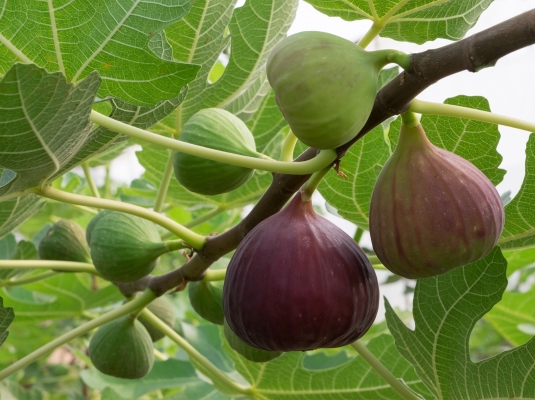General Information
It is popularly known as “Anjeer” and belongs to family Moraceae. Hot and long summers are good for the cultivation of fig. They can also be grown in containers. The fruits of fig are eaten raw, can be preserved and can be used for cooking purposes. It is considered as the minor fruit crop in India. Maharashtra, Uttar Pradesh, Gujarat, Karnataka, and Tamil Nadu are the major fig farming states. It also has health benefits such as it improves digestion and helps in preventing cancer, heart diseases and hypertension. It is a rich source of antioxidants.
















